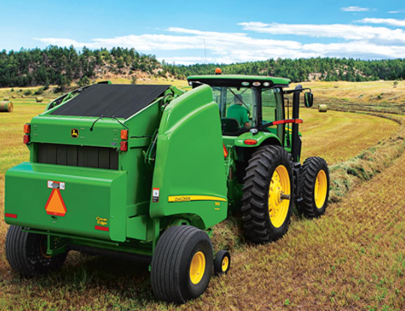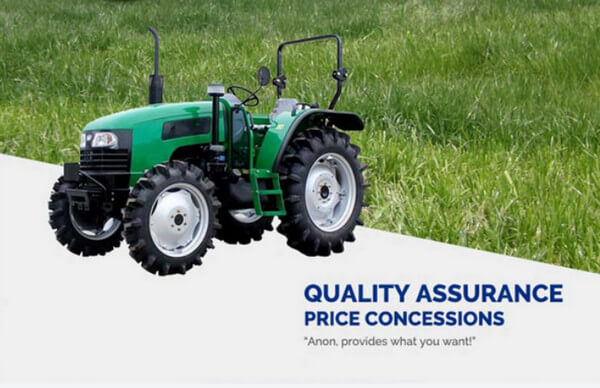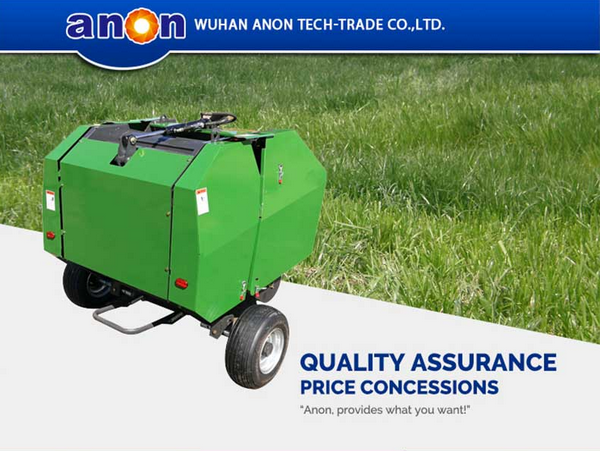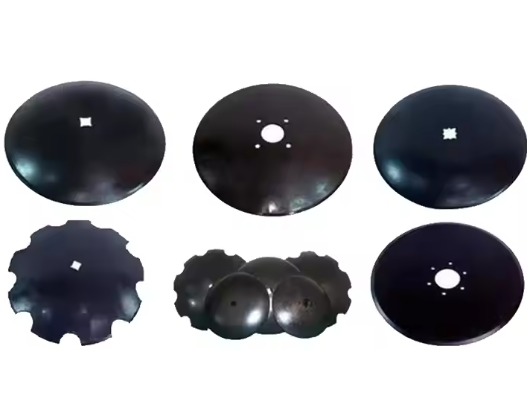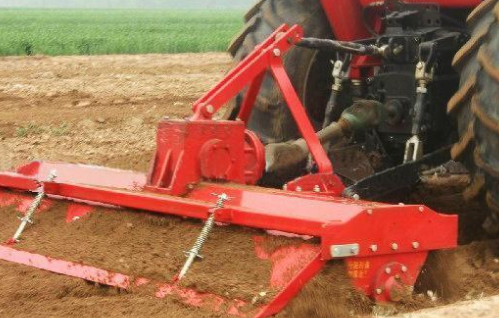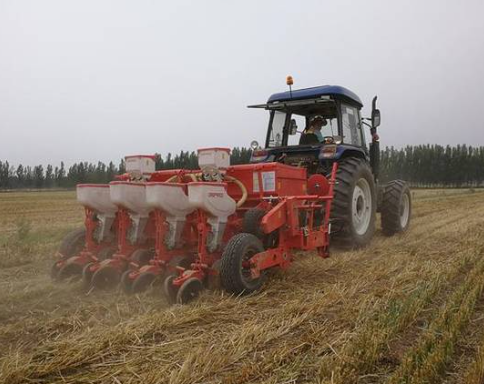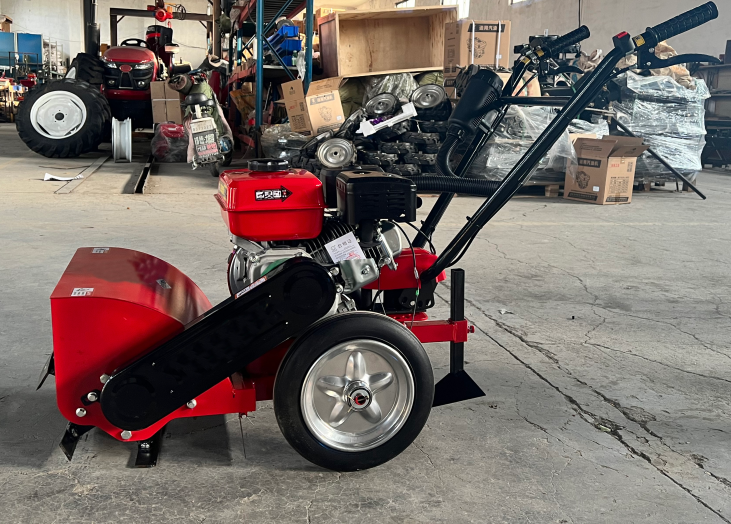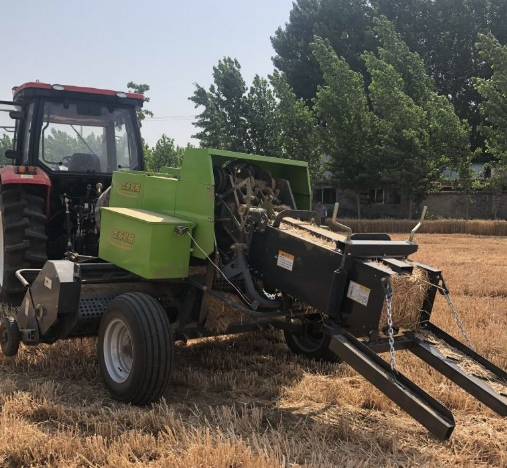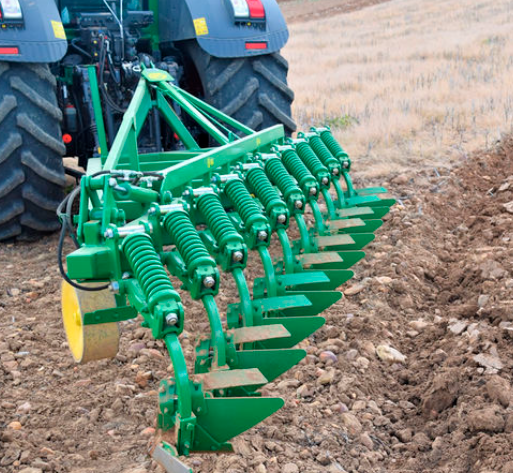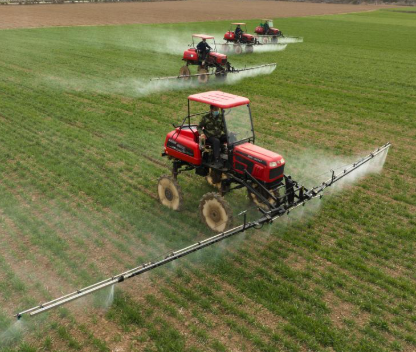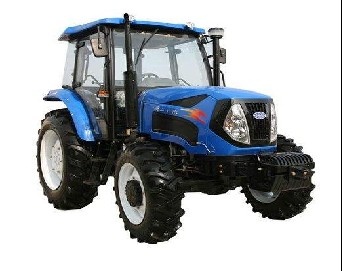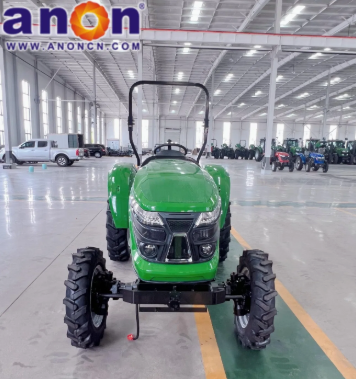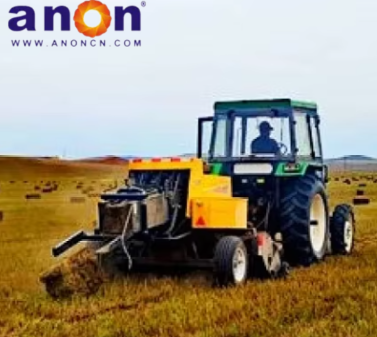Introduction
When you run a farm, you will find that you need to complete a variety of tasks and require a variety of tools, especially in grain cultivation. Tractors are almost necessary, so how can you maximize the benefits of the tractor you purchase? Next, I will introduce some supporting agricultural tools for tractors and their functions, which can help you improve work efficiency.
Essential Tractor Attachments
Tillage machines
Before sowing, you need some tractor attachments to improve the soil structure, enhance soil aeration, and reduce soil compaction so that the roots of crops can penetrate deep into the soil. So you need to plow the land, which requires the use of many tillage machines. Below, I will introduce them to you one by one.
Plough
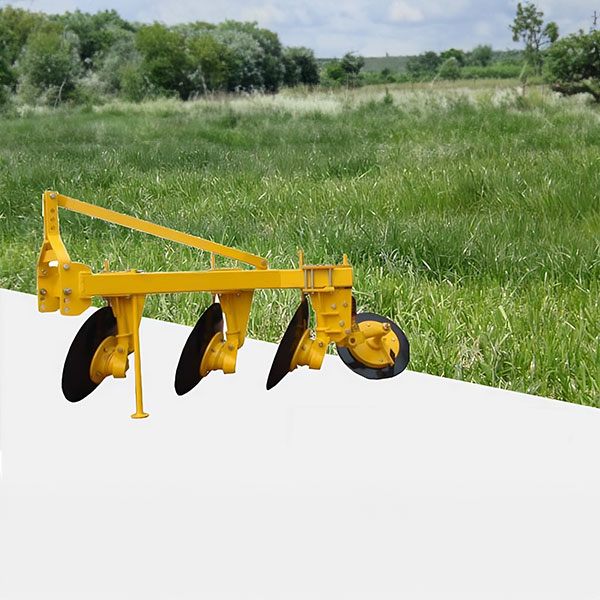
A plough is an indispensable agricultural tool in agricultural production, widely used in plowing, soil turning, loosening, and other operations. Plows can be divided into hydraulic flip ploughs and disc ploughs, and different types of plows are suitable for different soil conditions and cultivation needs. The hydraulic flipping plough is relatively flexible and has a small idle stroke. The ploughing, turning, and covering effects of the plow are relatively good. The disc plough is more adaptable to harsh environments, such as weeds and moist soil.
Harrow
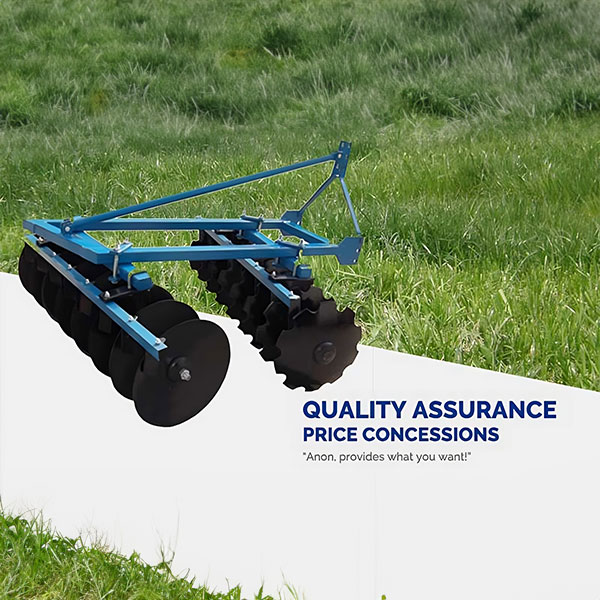
Harrows can be divided into disc harrows and drive harrows. Disc harrows can be classified into three types based on machine weight, target depth, and rake blade diameter: heavy, medium, and light. Heavy disc harrows are suitable for land reclamation and can also adapt to unfavorable land conditions; medium-sized disc harrows are suitable for crushing soil after plowing, while lightweight disc harrows can also crush soil after plowing, but unlike medium-sized disc harrows, they cannot work in clay. The driving rake requires the power output of the tractor’s power output shaft to drive the working components. It has a better soil-crushing effect and can operate at a depth of up to 30 centimeters, which is beneficial for water storage, soil moisture preservation, and crop root growth.
Rotary tiller
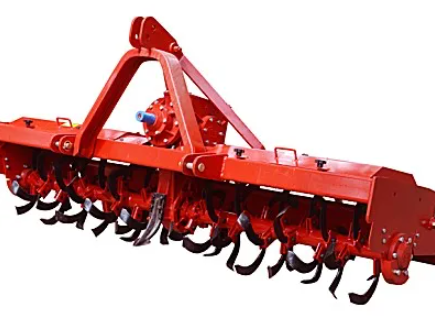
In addition to using plows and rakes, tractors can also work in conjunction with rotary tillers. Rotary tillers have strong soil-crushing capabilities with blade rollers as their core components. These rollers are equipped with multiple blades that cut and turn soil during rotation, flattening the cultivated land and chopping up buried roots. This creates easy operation for seeders and optimal seedbed conditions.
Cultivator
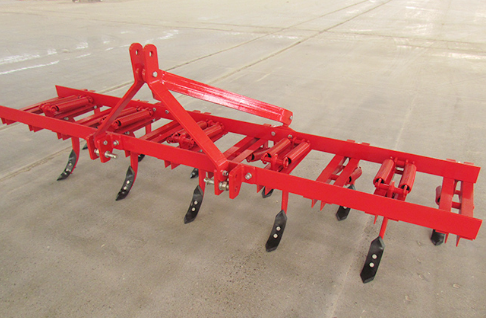
A cultivator is an agricultural machine used for tasks such as weeding, loosening soil, breaking surface soil compaction, cultivating soil and ridges, or simultaneous fertilization during crop growth. Unlike other plowing tools, people generally use the cultivator for work during crop growth to improve soil structure, promote crop growth, increase yield and quality, and meet the cultivation needs of different crops and plots.
Subsoiler
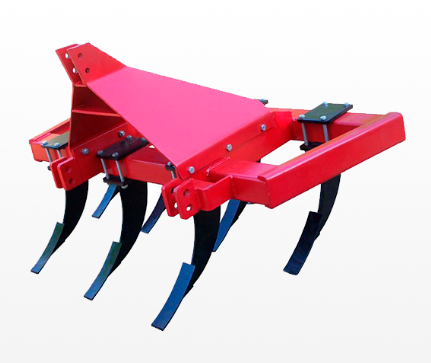
A subsoiler is a type of tillage machinery used in conjunction with high-powered tractors, mainly for mechanized tillage of deep soil between rows or in all directions. The subsoiler can effectively loosen the underlying soil while maintaining a flat ground and improving soil structure. It can help you eliminate some weeds to effectively reduce the occurrence of pests and diseases, enhance soil water storage and moisture retention, increase drought and flood resistance, and promote grain production. It should be noted that the soil moisture content should be controlled between 15-22% during the operation of the deep loosening machine to ensure the effectiveness of the operation.
Ridging Machine
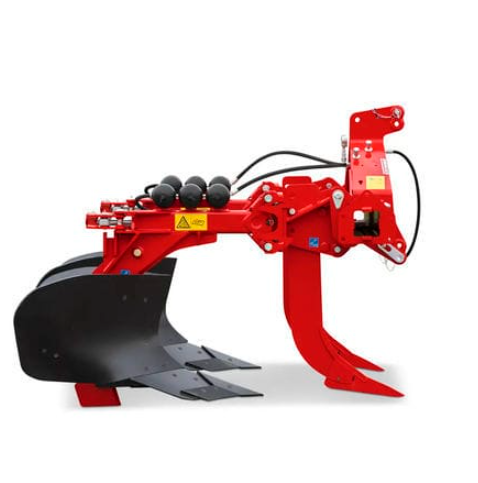
A ridging machine is an agricultural machine mainly used for ridge-raising operations after field tillage. The ridging machine can help you efficiently complete the ridging work, and the ridging surface completed by the ridging machine is solid and smooth, reducing work steps, saving labor, and lowering costs. Ridging machine operations can break soil compaction and improve soil permeability and water retention. Loose soil is conducive to the growth and development of crop roots, improving crop yield and quality; A uniform ridge surface is not only beneficial for early sowing, but also for later mechanical harvesting.
Digging machine
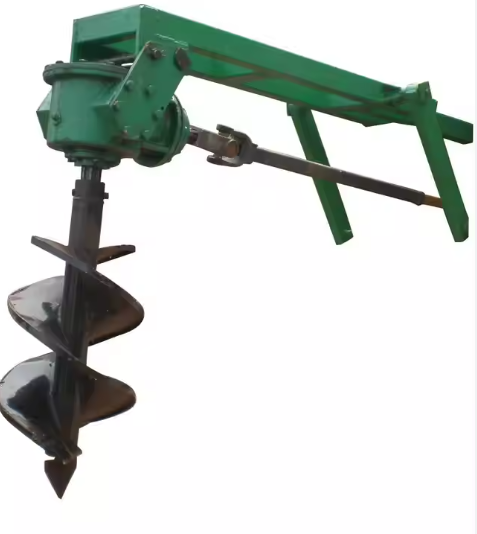
A digging machine is mainly used for efficient digging operations in fields, mainly for digging tree pits, planting pits, etc. Excavators can flip over soil structures, improve soil permeability, and create favorable growth conditions for crops. Compared to manual digging, they can significantly improve operational efficiency, reduce labor intensity, and save labor costs.
Grader
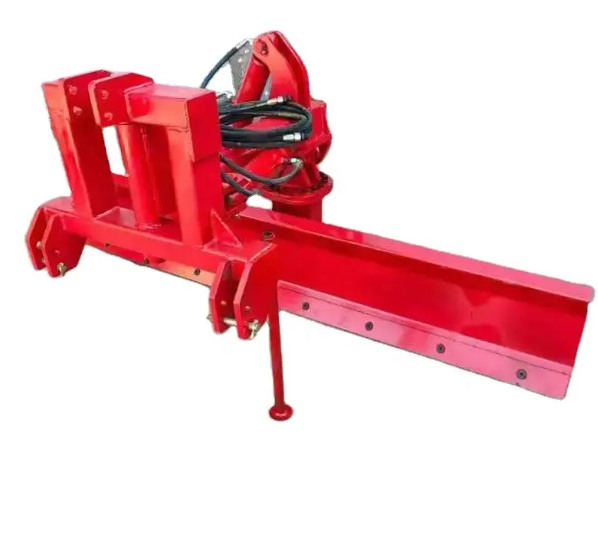
After you flip the land, they need to use a grader to level the soil evenly. This facilitates subsequent work such as planting and watering. You can also use land levelers to repair land and road surfaces, as well as for snow removal operations.
Seeders
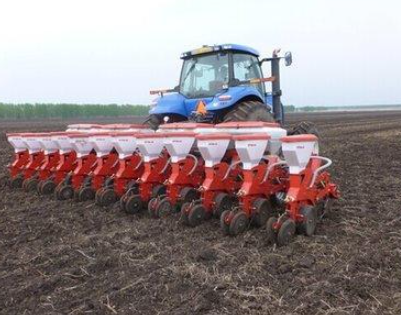
After the land consolidation is completed, you can start sowing. Some seeders have no tillage and can complete the processes of trenching, fertilization, sowing, soil covering, and compaction in one go, greatly improving efficiency. Sowing machines can be divided into strip sowing machines, hole sowing machines, and precision sowing machines according to the sowing method. You can choose according to the type of crops you want to plant.
Seed drill
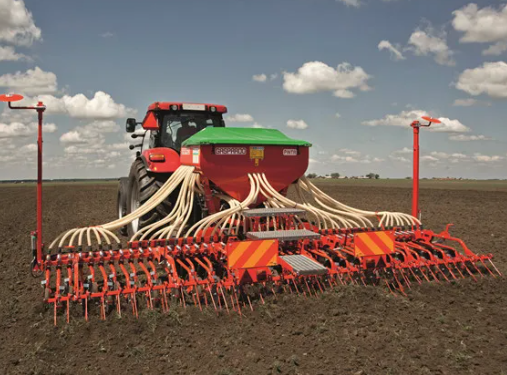
Seed drills are more suitable for sowing wheat, soybeans, corn, etc. Some models equipped with small groove wheel seeders can also sow grass seeds. When the seed drill is in operation, the walking wheel drives the seeding wheel to rotate. The seeds from the seed cup in the seed box are put into the delivery pipe according to the required seeding amount and then fall into the pre-opened trench through the trencher. Then, the planting cover is compacted by the soil compaction device. After emergence, the crops are in parallel and equidistant rows.
The tractor connects to the seed drill through a suspension device. The suspension device lifts and adjusts the seed drill. This setup suits small and medium-sized plots. It also works well when operators need flexible width adjustments. The tractor supplies strong power. The strip planter uses this power to seed quickly and stably. It achieves precise seeding and even seed distribution. By adjusting the planter and row spacing, it is possible to adapt to the planting needs of different crops.
Hole seeder
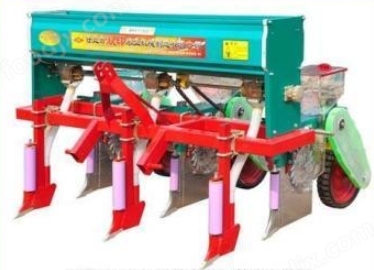
A hole seeder is a machine that plants seeds according to a certain row spacing and hole spacing, suitable for sowing seeds such as corn, cotton, sugar beets, sunflowers, and beans.
When it works, the walking wheel drives the sowing wheel to rotate through the transmission chain. The sowing device discharges the seeds in the seed box into holes or single seeds, which fall into the seed groove opened by the trencher through the seed conveying pipe. Then, the soil covering device is used to cover and compact the seeds.
When using a three-point suspension connection with a tractor, the hole planter may require tractors of varying horsepower depending on its specific model and operational requirements.The powerful power support provided by the tractor can greatly improve the operational efficiency of the hole-sowing machine. The hole seeding machine can accurately control the spacing and depth of the seeds, ensure uniform distribution of seeds, and improve the quality of sowing.
Precision seeder
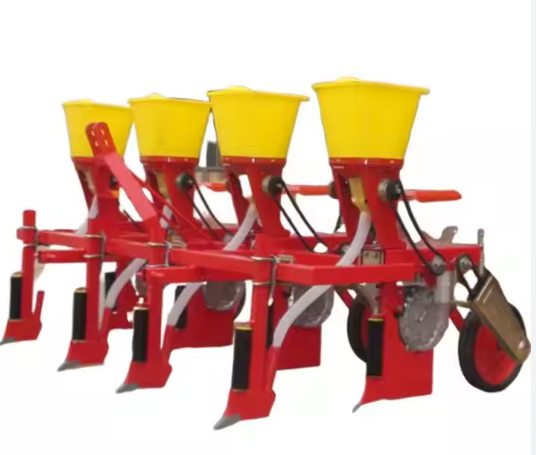
A precision seeder is an agricultural machine that plants seeds into a seedbed according to precise seeding rates, row spacing, and depth. It is generally used for precision seeding of seeds such as corn, soybeans, cotton, and peanuts. There are mechanical and pneumatic types. The mechanical precision seeder drives the seeding wheel to rotate through a mechanical transmission device and evenly discharges seeds from the seed box in a certain quantity and interval, falling into the seeding ditch opened by the trencher. Then, the soil covering device covers the soil and is compacted by a compactor.
The pneumatic precision seeder discharges seeds through the action of airflow, which can effectively adsorb seeds. Compared to mechanical seeders, it can avoid seed leakage and cause less damage to seeds.
Finally, if you want to plant garlic or potatoes, you need to purchase the corresponding seeder. Some garlic seeders use the latest spiral seed guide tube to correct the direction in which garlic seeds fall into the soil, ensuring that the buds are facing upward, which can quickly germinate the seeds and increase their survival rate.
Fertilizer
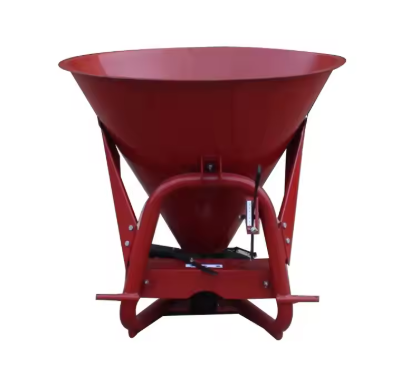
Before planting, you need to fertilize the land to provide nutrients for seed growth, promoting germination and sprouting. Tractor attachments, such as centrifugal spreaders and fertilizer spreaders, are commonly used for this task. Fertilizer spreaders are versatile. It can handle organic fertilizers, dry or wet manure, and other materials like lime and distillers’ grains.
Sprayer
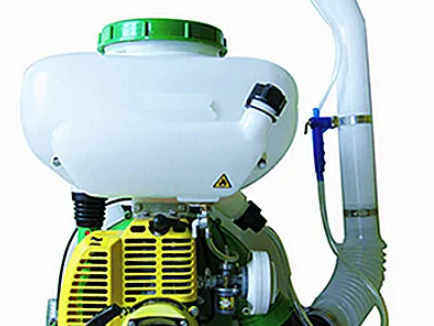
The sprayer is a machine that disperses liquid into a mist. You can use the spray together with the tractor by traction or suspension. It is suitable for pesticide application in orchards or farmland. You can use it to spray pesticides and fertilizers, prevent pests, achieve rapid and efficient spray operations, and promote the growth of crops.
Lawn Mower
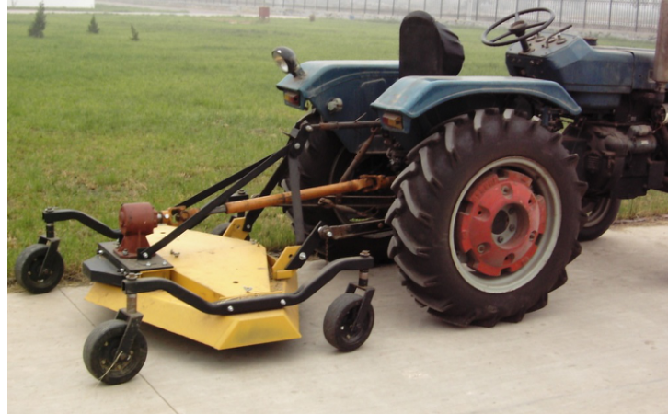
When you need to cut grass, consider using tractor attachments like a mower. For mowing lawns, orchards, and fields, you can choose a rotary mower. Its blades spin at high speed, cutting grass quickly and thoroughly, making it very efficient. If you need to mow on ditches or slopes, a disc mower is a good choice as it handles these conditions well. For cutting hay, a reciprocating mower is ideal. It requires less power, puts less pressure on the ground, and causes minimal damage to the grass, allowing it to recover and grow faster.
Rakes
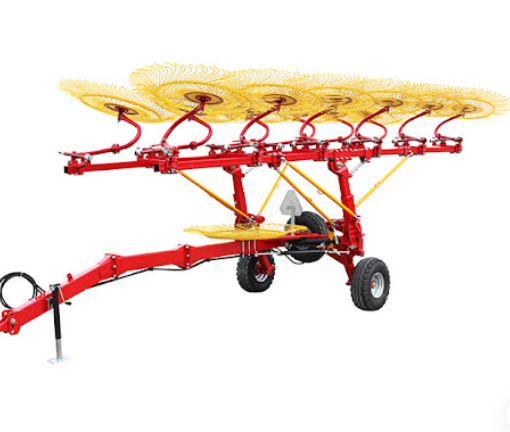
When you need to collect cut grass, using tractor attachments like a rake is essential. If your grass yield is low, you can use a side rake. For higher yields, a rotary rake is better. It forms grass rows through its rotating tines, which helps with drying and further processing. If you need to clear leftover crop residues and soil debris, a finger-wheel rake is suitable. You can also use it for turning grass. For a versatile tool, consider a rotary rake, as it can rake, spread, and turn grass, providing even and clean raking with minimal crop loss and high efficiency.
Baler
A baler is a mechanical device that packs and bundles materials like crop straw and grass. After weeding the grass, farmers concentrate it into strips, making it suitable for further operation by the baler. The baler reduces the volume of the bundled grass, which makes it easier to stack and transport. This process also helps maintain the nutrition and quality of the grass. Farmers need to use the baler in conjunction with a tractor. This can significantly improve operational efficiency and reduce labor costs. This combination can also adapt to different terrains and operating conditions, reducing the volume of the bundled material and facilitating stacking and transportation.
Harvester
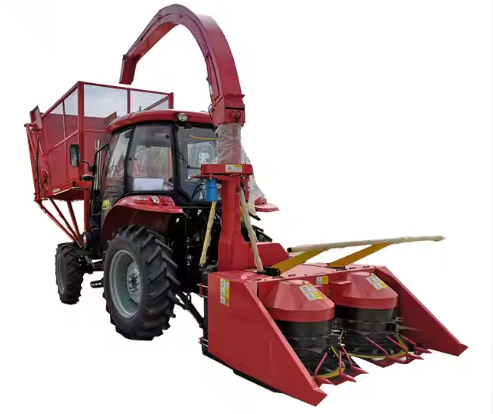
A harvester is a machine used to harvest crops. It is usually for harvesting crops such as wheat, corn, soybeans, rice, etc. It comes in various types, such as cutting, throwing, collecting, etc., and can be used in conjunction with tractors to achieve fast and efficient harvesting operations. Helping you greatly improve agricultural production efficiency and reducing labor intensity.
Ensuring Implement Compatibility
Another important point is that when choosing attachments for tractors, you should consider not only the tractor’s horsepower but also whether the equipment’s connection with the tractor is compatible and what power requirements the equipment has. Common connection types include hitch connections, three-point hitch systems, and PTO (power take-off) shafts. You can find this information on the product details page or by consulting a professional.
Conclusion
After reading this article, I’m sure you have an idea of what kind of attachments to choose. At ANON, as agriculture experts with over a decade of experience in exporting agricultural machinery, we offer a wide range of attachments for tractors. If you want to buy attachments for tractors, feel free to consult us. We will provide you with the best machines and top-quality service.


